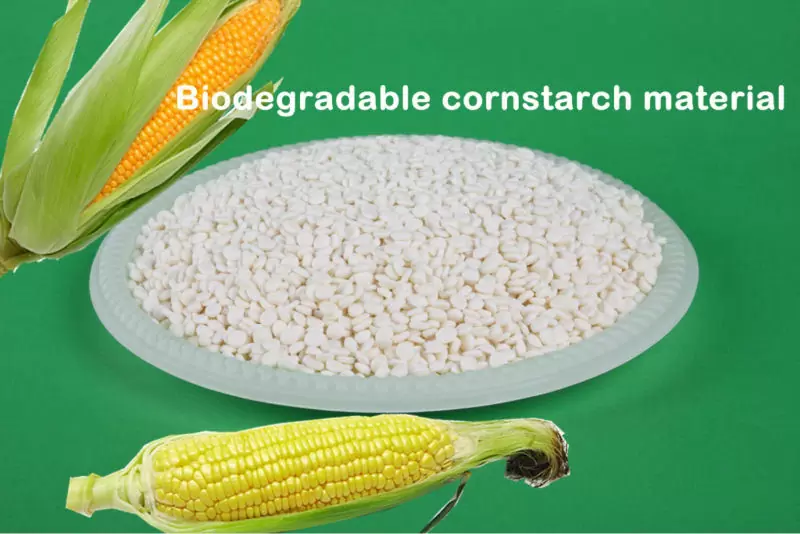One of the solutions to the longstanding issues of plastic waste may involve the use of biodegradable resins in industrial production. As plastic continues to be the most popular packaging material, several types of research are ongoing to provide a more eco-aware resolution. According to numerous studies, biodegradable plastic is commercially feasible, with a market share projected to be around $16.8 billion by next year.
Biodegradable resins are plastic resins that can be easily broken down or decompose naturally into non-toxic components at the end of the product life span. These materials are a better fit for the environment and could play a vital role in your company’s social image, your clients’ business culture, and the general safety of the world at large. Today, we look at six biodegradable resins and how they can serve your plastic injection molding projects.
Categories of Biodegradable Plastic Resins
The majority of the biodegradable resins available in today’s market are produced via a fermentation reaction. This usually involves the action of microorganisms, ethanol, and sugar in a controlled environment to yield the desired compound.
Biodegradable resins are especially suitable for one-off use products. Here are the most common categories of biodegradable plastic injection molding resins:
i. Polylactic acid
ii. Polyhydroxyalkanoates
iii. Polybutylene succinate
iv. Thermoplastic starch-based plastics
v. Polycaprolactone
vi. Polyvinyl alcohol
Polylactic Acids
Polylactic acids (PLA) are thermoplastic resins made from renewable biomasses like cassava, cornstarch, sugarcane, or corn. At the start of the last decade, PLA was the second most used bioplastic in the world. Engineers can use it in plastic injection molding to make consumer product components, medical implants, screws, disposable cups, food packaging, and one-off use apparatuses.
Thermoplastic starch-based Plastics
Starch-based thermoplastic, commonly referred to as TPS, is one of the most abundant biodegradable resins available. They serve an array of purposes in food packaging and meal utensils. They are 100 percent biodegradable and carbon-neutral.
Polyhydroxyalkanoates
Polyhydroxyalkanoates are a class of biodegradable plastic resins manufactured by the action of bacteria on lipids or sugars. During the production process, several biomolecules combine to make a plastic resin that has desirable molding properties.
Polyhydroxyalkanoates are capable of withstanding UV rays, moisture changes and do not absorb odors.
They are widely used for plastic injection molding of food packaging, surgical devices, medical equipment, and cosmetic containers.
Polycaprolactone
Polycaprolactone is a biodegradable plastic resin made from vegetable oils. It is blended with polyurethanes to improve water, chemical, and oil resistance in casting and production operations. It is widely used in the medical industry for sutures, drug-delivery systems, and other products that help tissue repair.
Polycaprolactone can be blended with other starch-based resins to improve the final product’s cost-effectiveness and material properties.
Polybutylene Succinate
Polybutylene succinate, commonly called PBS, is a biodegradable polyester with polymer properties similar to polypropylene. It degrades naturally with water and CO2. It is used for packaging films in cosmetic and food applications. It also serves medical and pharmaceutical uses. In plastic injection molding, PBS is added to PLA to improve strength and impact resistance without compromising other thermophysical properties.
Polyvinyl alcohol
Polyvinyl alcohol exists as one of the very few biodegradable polymers that are soluble in water. This solubility makes it very suitable for a variety of end uses. PVA can be used in textile coating, healthcare, the medical industry, and food packaging applications.
STAYING ECO-FRIENDLY IN 2021
With more and more calls for eco-friendliness in this decade, going green is more than a solution; it’s a market idea. Even if you cannot overhaul your entire product line to accommodate biodegradable plastic, begin to structure some part of your production to adopt these materials.
With top R&D, companies can explore blends to incorporate attributes like higher strength, impact resistance, improved durability, and lightweight to biodegradable plastics, making them a staple for the new decade.










